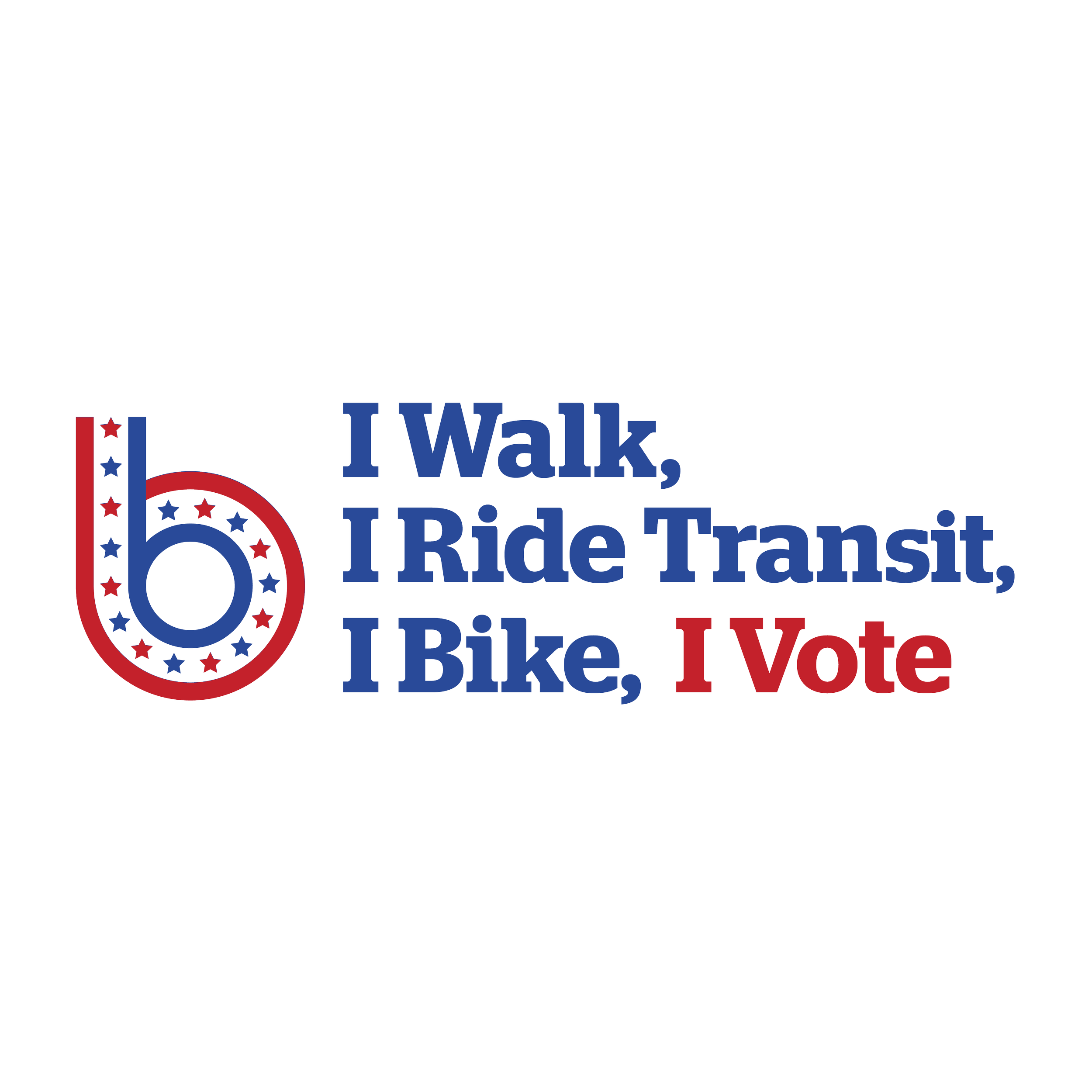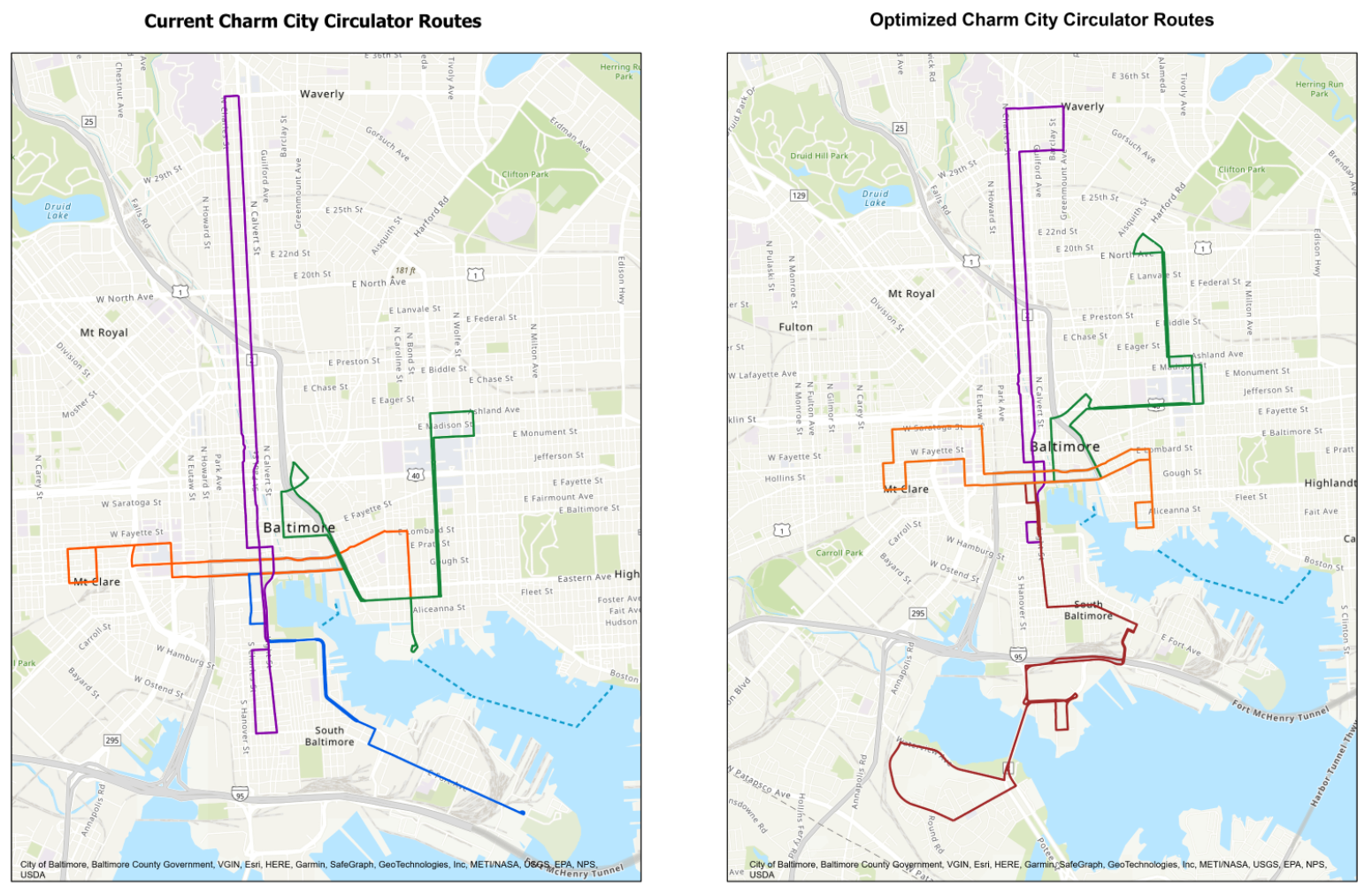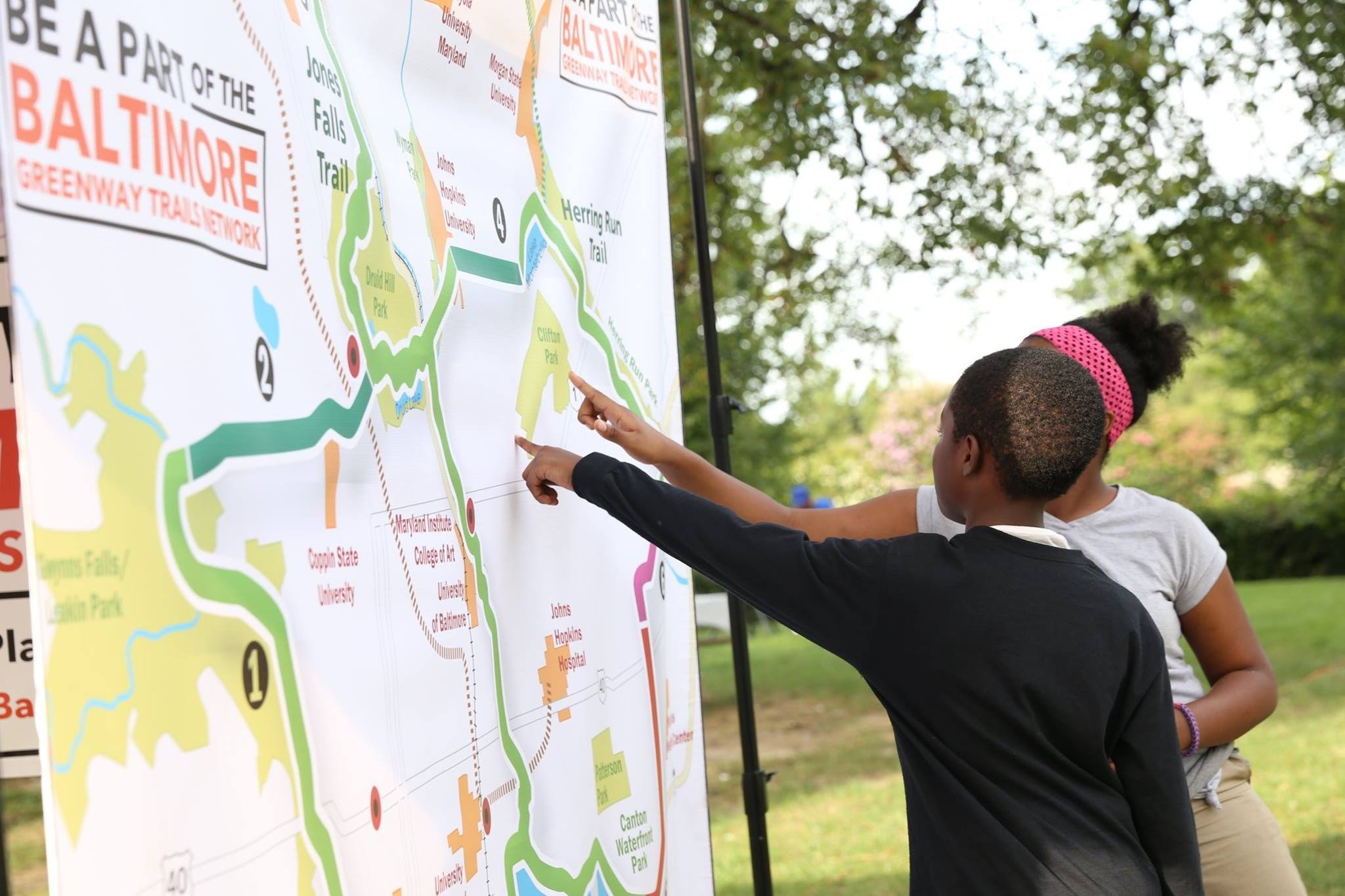Comments on proposed changes to the Charm City Circulator are due today. We continue to have concerns about the larger mission of the Charm City Circulator, proposed changes, and sufficient operational resources.
You can view proposed changes and comment on them by clicking here. Alternatively, comments can be emailed to streetsofbaltimoreTDP@wrallp.com
Copied below are comments submitted jointly by Bikemore and Central Maryland Transportation Alliance:
Baltimore City Transit Development Plan Charm City Circulator Comments
In December 2020, Bikemore and the Central Maryland Transportation Alliance wrote a joint transportation transition memo to Mayor Brandon Scott and Baltimore City Department of Transportation. In it, we called for a reevaluation of the purpose and existence of the Charm City Circulator. We were concerned that the circulator currently duplicates a number of high-performing Maryland Transit Administration routes and that calls for expansion have not included expanded funding and may exacerbate competition with existing MTA routes.
We advised Baltimore City Department of Transportation make one of the following choices:
Sunset the circulator and apply those resources to improving MTA service or eliminating fares.
Run the circulator only where a tax on parking provides enough revenue to sustain free, frequent service for trips under two miles.
Run the circulator only where there is a gap in access via transit to parks, jobs, schools, healthy foods, or other priority equity destinations.
And, we stated that if circulator service continued under the latter two options, the city must create a new mission statement with clear criteria to evaluate and fund maintaining routes and developing new ones, as well as clear criteria to avoid competition with the Maryland Transit Administration.
We want to thank Mayor Scott and Baltimore City Department of Transportation for the opportunity to serve on the TDP Advisory Committee, where we reiterated these points, and are writing to provide comments on the draft Charm City Circulator recommendations.
Specific Proposal Comments: Some Good and Bad
Some of the proposed changes to the Charm City Circulator routes would increase the number of low-income and low-car-ownership households with access to the circulator and the destinations it serves. For example, see the proposed Cherry Route strengthening connections in South Baltimore, extension of the Green Route to North Avenue, and the eastward extension at the north end of the Purple Route expanding access to a grocer and library.
However, we have a number of concerns, including:
The impact that the number of turns on the proposed Cherry Route will have on bus travel times, especially during heavy traffic conditions.
Changes on the Purple Line and the routing of the Cherry Route largely duplicate already planned Summer and Fall service changes for MTA bus routes.
Changes do not come with adequate, let alone increased financial resources to provide frequent, reliable service.
Larger Picture Comments: Missing the Mark
Our larger concern is that it remains unclear why Baltimore City annually funds a Charm City Circulator.
Our recommendations to choose a goal and stick with it have not been taken, and instead the circulator is again trying to do more with the same amount of resources. A new mission statement has not been created, nor have clear criteria to evaluate and fund route maintenance and development, as well as to avoid competition with MTA, been created.
The Circulator was created in 2010 to reduce the demand for parking downtown, thereby making it more attractive to walk and ride transit, producing benefits like alleviating traffic and reducing pollution. Subsequently, Baltimore City expanded the Circulator to support tourism during the anniversary of the War of 1812 and to satisfy stakeholders in Charles Village and at the Johns Hopkins Homewood campus who wanted service, despite frequent MTA service and Hopkins running competing shuttle services. Now, Baltimore City is adjusting routes to attempt to achieve equity goals.
The result of the changes from 2010 through the current proposal is a system that is largely redundant to public transportation run by the Maryland Transit Administration and that achieves none of its multiple goals particularly well.
If equity is the goal, then it would be more effective to eliminate Purple Route service above North Avenue, where it duplicates high-frequency MTA routes and Hopkins Shuttle service and divert those resources to routing that increases the number of low-income and low-car-ownership households served.
Another option would be for Baltimore City to stop running bus service and use the funds to underwrite more frequent MTA service on routes that improve connections to high schools, job centers, or other destinations city residents need to reach.
As we have called for in the past, we recommend clarifying the mission and the goals of the Charm City Circulator and to make decisions about routes, hours, and frequency to best achieve them. As proposed, we fear these small tweaks will not dramatically improve equitable access to the circulator, and may result in further reductions in service quality.
Funding for public transportation is scarce, and we need leaders to make tough decisions about how best to spend it.






